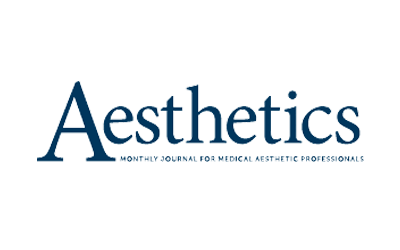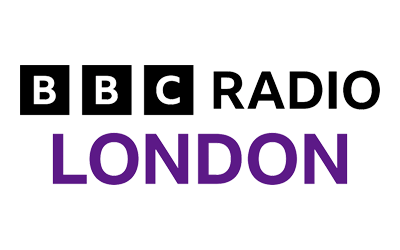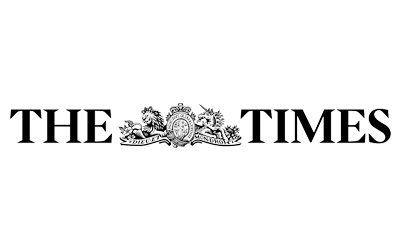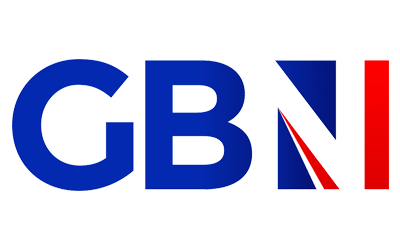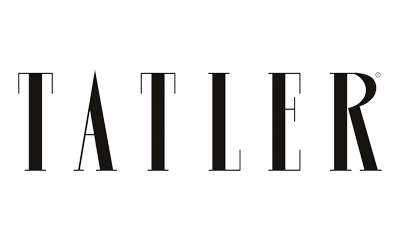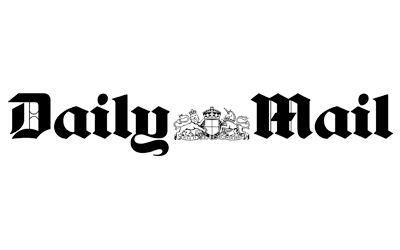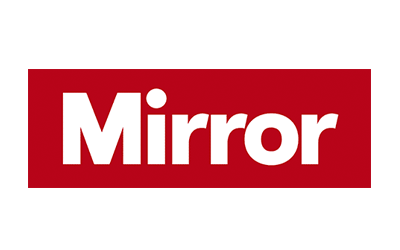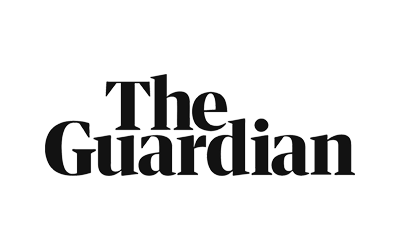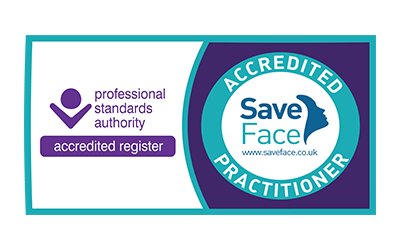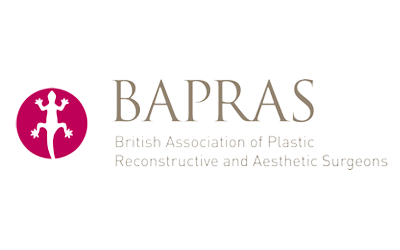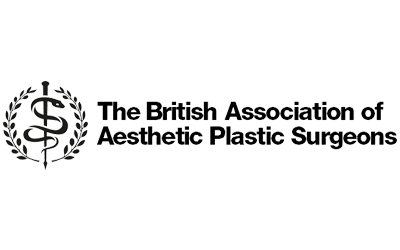If you are considering undergoing a rhinoplasty – more frequently referred to as a nose job, or nose reshaping – it is important to weigh up the benefits and also any risks of the procedure.
Although rhinoplasty is generally a very safe plastic surgery procedure with few complications, there are inherent risks in every procedure.
Nose job scars
Due to the fact that the rhinoplasty procedure is usually performed through incisions inside the nostrils, there is rarely any risk of visible scarring following a rhinoplasty.
Should you require a base reduction to reduce the size of your nostrils or complex surgery on the tip of your nose, any external scars are very fine and carefully concealed in the natural skin folds.
Every care is taken to minimise their visibility and Mr Karidis is renowned for his ‘invisible’ scarring techniques, leaving incredibly minimal postoperative scarring following rhinoplasty.
Nose job risks
Rhinoplasty can result in complications such as:
- Permanent breathing difficulty
- An impaired sense of smell
- Nosebleeds during the healing process
- Blood clots
- Infections
Heavy nasal bleeding does sometimes occur as a result of rhinoplasty surgery, but this is extremely rare and not at all dangerous when it does.
The main danger involved in rhinoplasty is that the procedure typically requires a general anaesthetic which itself has many inherent risks, some more serious than others.
Minor risks of a general anaesthetic include:
- Memory loss, although this is more common in elderly people and those with existing memory problems
- Some damage to the mouth or teeth as a result of the breathing tube inserted during anaesthesia
More serious complications of general anaesthetic include:
- Anaphylaxis – a severe fast-onset allergic reaction, usually either to the muscle relaxants in the anaesthetic itself or to latex in the gloves worn by doctors. If not swiftly detected, anaphylaxis can be fatal
- Waking during the operation – although the anaesthetist constantly monitors the neuromuscular blocking agents a patient receives in order to prevent this, accidental awareness during general anaesthesia can and does occur
If you only need minor work on your nose, such as reducing the size of your nostrils, local anaesthetic may be an option.
Mr Karidis assesses each patient on an individual basis in order to devise a treatment plan tailored specifically to your needs. Your own treatment plan will be discussed during your consultation with Mr Karidis.
Nose job regret
Another inherent risk in any plastic surgery procedure is that you will not be satisfied with the result of the operation. Although this does not pose the same threat to your health as anaphylaxis, for instance, it can have severe long-term effects on the your happiness and self-esteem.
During your consultation for a rhinoplasty, Mr Karidis will discuss the procedure in detail to ensure that you are aware of the possible results from the procedure. We will always ensure that you leave your consultation with reasonable expectations.
It is not necessary to take a specific image or describe a person that you wish to resemble in your consultation. Describing what you do not like about your own nose is the best way to discuss possible solutions. A nose that looks attractive on someone else’s face may not be something that will suit your own features, and may well look unnatural as a result.
When performing a rhinoplasty, Mr Karidis always strives to bring greater symmetry and harmony to the face while maintaining a natural appearance. This helps to eliminate the danger of feeling dissatisfied post-surgery.
To find out more about Rhinoplasty at our London clinic, call us on 020 3811 5982 for a friendly chat to discuss your options ranging from traditional nose surgery and tip rhinoplasty to revision rhinoplasty and nose surgery for men.
Our trusted surgeon, Mr Mark Ho-Asjoe, also specialises in nose surgery for Asian patients for any clients looking for culturally-considered rhinoplasty.

